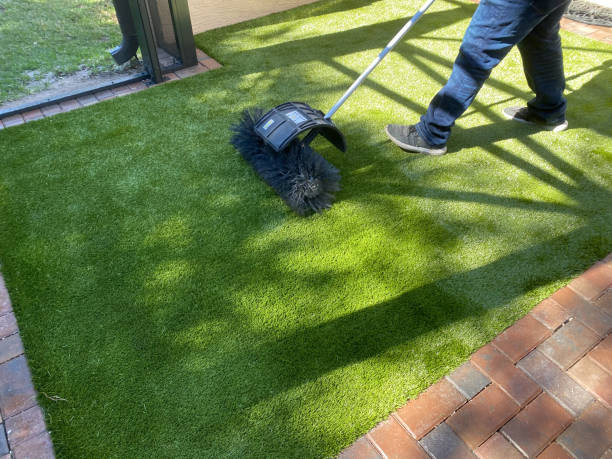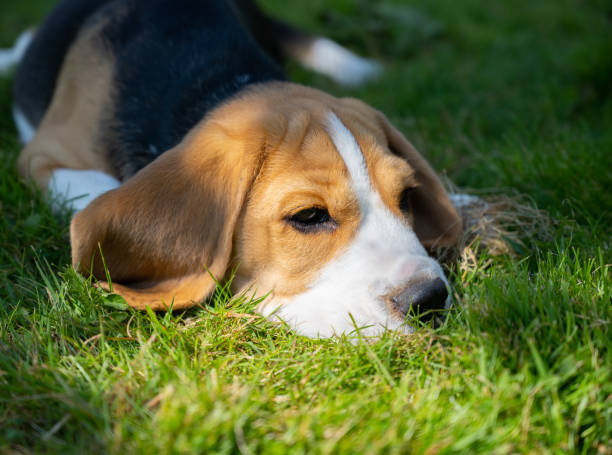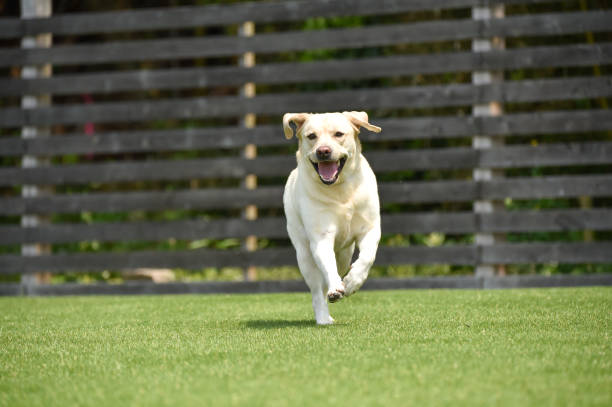
As a pet owner, you know that your furry friends can be tough on your lawn. Between the digging, the peeing, and the general wear and tear, it can be hard to keep your turf looking its best. But do not fear – we’ve got some expert tips on how you can maintain your lawn despite having pets! Whether using artificial turf or taking special care of the areas where your pets play, follow our advice, and you’ll have a lush lawn that you and your pets can enjoy.
Keep your pet’s nails trimmed
Keeping your pet’s nails trimmed is essential to keeping their feet healthy and preventing damage to the turf. Pet paws are designed for traction; those sharp claws can tear through the grass, causing expensive damage. Trim your pet’s nails at least once a month — more frequently if they’re growing back quickly. Not only will this protect your grass, but it will also save your pet from painful injuries or discomfort while walking or running. Regular nail trims are essential when you’ll be taking them out on a hike or if your yard has hard surfaces like concrete or asphalt, as these surfaces increase nail wear and make nails more prone to splintering and breakage. Keeping your pet’s paw pads and nails in good condition ensures a healthier yard for everyone.
Use a tool to remove any dead grass or debris
If you have artificial grass installed in Killeen, TX, it is essential to ensure that any dead grass or debris is removed for its long-term health and aesthetic appearance. The best way to achieve this is to use a rake or a thatch removal tool. Raking your artificial turf will help keep the artificial fibers upright and looking vibrant as it gently brushes away any leaves, twigs, dirt, rocks, pet droppings, etc. A thatch removal tool is an excellent option if some spots of thick build-up cannot easily be removed by raking. This tool has lots of little blades to help remove rigid material that may impact the look of the artificial grass. Whether you choose to rake or use a thatch removal tool, regular maintenance will help keep your artificial turf looking lush and green while extending its life expectancy.
Apply a pet-friendly fertilizer to the turfy
A pet-friendly fertilizer is a great way to keep your turf green and healthy. This type of fertilizer is designed to be safe for pets and will not harm them if they come into contact with it.
Water the turf regularly
Taking good care of your turf during summer months is essential to keeping it looking vibrant and healthy. This means providing regular hydration with a strategic watering plan. Depending on the type of turf you have, water twice a week for short periods throughout the day or once a week for more extended periods. Team up with your neighbors to coordinate and create a schedule to ensure each area is adequately hydrated. A well-maintained lawn will tolerate extreme temperatures better, remain robust and give you the beautiful atmosphere you’ve been dreaming of all summer long.
Avoid using chemicals on turf
Chemicals used on turf can be incredibly toxic to pets that come into contact with them. Whether it’s dogs and cats, or even smaller domesticated animals such as ferrets or rabbits, these potent substances can cause various health issues. This is why it’s critical to avoid using chemicals on turf and instead opt for a pet-friendly option such as fungicides or other organic fertilizers. Making the switch will not only protect your beloved animals, but it will also help keep their environment safe and healthy.
Concluding Thoughts

In conclusion, maintaining a pet-friendly turf involves more than just keeping the grass free of weeds and pests. Taking the necessary steps to care for turf requires thoughtful planning and continual attention. Keeping your pet’s nails trimmed, using a rake or thatch removal tool to remove dead grass or debris, applying pet-friendly fertilizer, watering regularly, and avoiding any harsh chemicals help your turf remain healthy and attractive but also ensure your furry friends are safe as well. With just a few small changes, you can create an inviting outdoor space that you and your pets will enjoy for years.
Published by HOLR Magazine.


